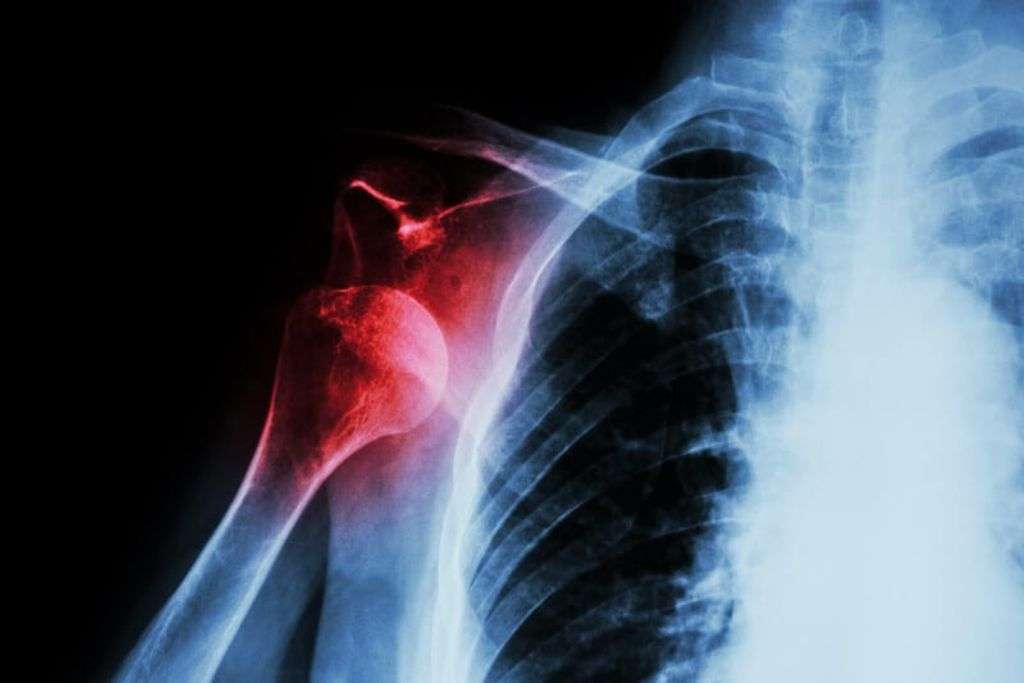
Shoulder instability refers to a condition where the shoulder joint is too loose, allowing excessive movement of the ball (head of the humerus) within the socket (glenoid). This can lead to the shoulder dislocating or subluxating, meaning it partially comes out of its normal position. Shoulder instability can be classified into two main types: traumatic and atraumatic.
Traumatic Instability:
- Anterior Instability: This is the most common type, where the shoulder dislocates forward. It often occurs due to a sudden force or injury, such as a fall or a direct blow to the shoulder.
- Posterior Instability: This is less common and involves the shoulder dislocating backward. It can result from repetitive overuse or a traumatic injury.
Atraumatic Instability:
- This type of instability is not caused by a specific injury but may result from general laxity of the ligaments and tendons that support the shoulder joint. It is often seen in individuals with naturally loose joints or those who engage in repetitive overhead activities.
Symptoms of Shoulder Instability:
- Recurrent Dislocations or Subluxations: Individuals may experience repeated instances where the shoulder slips out of place, either partially or completely.
- Pain and Swelling: After a dislocation or subluxation, there may be pain and swelling in the shoulder.
- Feeling of Instability: Some individuals may feel as if their shoulder is loose or that it might give way.
Treatment Options:
Conservative Management:
- Physical Therapy: Strengthening the muscles around the shoulder can help provide better support to the joint.
- Bracing: A shoulder brace or sling may be used to immobilize the shoulder temporarily.
Surgical Intervention:
- Arthroscopic Stabilization: Minimally invasive surgery to repair and tighten the ligaments or labrum.
- Open Surgery: In some cases, open surgery may be necessary, especially for complex or severe instability.
Rehabilitation:
- Following surgery, rehabilitation is crucial to restore strength, range of motion, and stability.
Lifestyle Modifications:
- Avoiding activities that may cause further shoulder instability, especially overhead or repetitive motions.

